Tea lovers often look forward to encountering good tea. But when they truly encounter good tea, they might not know how to praise it. In desperation, they might resort to the universal phrase "melts in your mouth." In reality, every industry has its own terminology—often referred to as "jargon" in folk parlance. Understanding these professional terms helps us better recognize and appreciate good tea.
As the saying goes, "Dragons give birth to nine sons, each different." The six major tea categories are also distinct in character and versatile in style. Each type of tea has different criteria for evaluation and aesthetic perspectives. For example, a beard on a man might be considered "sexy," but on a woman, it becomes "comedic."
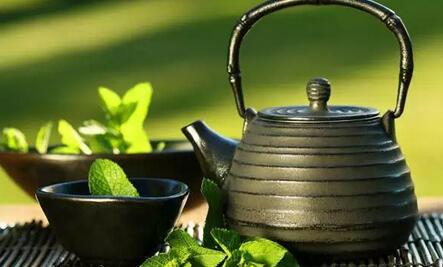
Tea and people follow the same logic. "Aged flavor" might be a flaw for most green teas, but for Liubao tea and Pu-erh tea, it’s a must-have characteristic. "Pine smoke aroma" might indicate a flaw in white tea processing, but for small-leaf black tea and dark tea, it’s a selling point. Therefore, learning how to "praise tea" is a必修课程 for tea lovers.
Below, we’ll discuss how to "praise tea" from four angles: "appearance," "aroma," "taste," and "tea leaves."
1. Green Tea
【Praising Appearance】
Fine and Tight: The tea leaves are long, tightly rolled, and complete, with sharp tips.
Tender: Fine, tightly rolled, complete, and visibly downy.
Curly: Spiraled or ring-shaped curls.
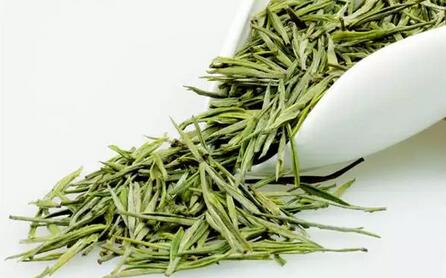
【Praising Aroma】
Rich: A fresh, strong, and lasting aroma with unique floral and fruity notes.
Fresh and Tender: A fresh and pleasant aroma of young tea.
Refreshing: Clean, pure, and brisk, with a subtle but elegant fragrance.
Floral: A sharp, fresh aroma reminiscent of flowers.
Chestnut: A strong, lasting aroma similar to roasted chestnuts.

【Praising Taste】
Intense: Strong but not bitter, with a strong astringency and a sweet aftertaste.
Rich and Fresh: Thick and fresh, with a lively aroma.
Fresh and Brisk: Clean, refreshing, and lively.
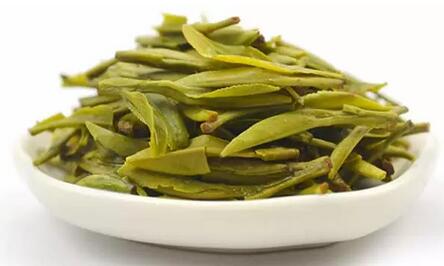
【Praising Tea Leaves】
Emerald Green: Green like a plum, bright and pleasing to the eye.
Tender Green: Fine and tender leaves, light green with a hint of yellow, and good brightness.
Tender Yellow: Light green with a hint of yellow, bright and clear.
2. White Tea
【Praising Appearance】
Plump Buds: Large, tender buds with dense, white down.
Snowy Down: Abundant, white, and glossy down.
Connected Buds and Leaves: Buds and leaves connected like flowers.
Silver Buds and Green Leaves: The buds and leaf backs are covered in white down, while the leaf surface is gray-green.

【Praising Aroma】
Fresh and Brisk: A fresh, lively, and brisk aroma of young tea.
Downy Aroma: The unique aroma of tender buds covered in white down.
Pure and Fresh: Fresh and pure, with a downy aroma.
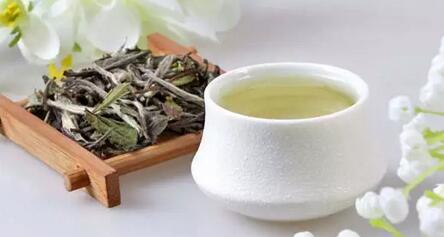
【Praising Taste】
Clean and Sweet: Fresh, clean, and slightly sweet.
Mellow and Brisk: Mellow yet fresh and brisk.
Mellow and Thick: Mellow and sweetly thick.

【Praising Tea Leaves】
Plump and Tender: Thick buds and soft, sturdy leaves.
3. Yellow Tea
【Praising Appearance】
Fine and Tight: Long, tightly rolled, and complete leaves with sharp tips.
Straight and Plump: Straight, plump buds covered in down, shaped like needles.
Connected Stems and Leaves: Large leaves connected to long stems, characteristic of Huoshan large-leaf yellow tea.
Gold and Jade: "Gold" refers to the golden base color of the buds, while "jade" refers to the white down covering them. Specifically refers to Junshan Silver Needle.
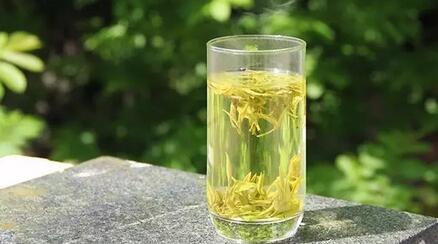
【Praising Aroma】
Fresh and Clean: A fresh, clean, and lasting fragrance.
Tender Aroma: A delicate and downy fragrance.
High and Toasty: A strong, lasting roasted aroma.
【Praising Taste】
Sweet and Brisk: Refreshing with a sweet note.
Mellow and Brisk: Mellow and pleasant with a slightly sweet aftertaste.
Fresh and Mellow: Clean, refreshing, and sweetly mellow.
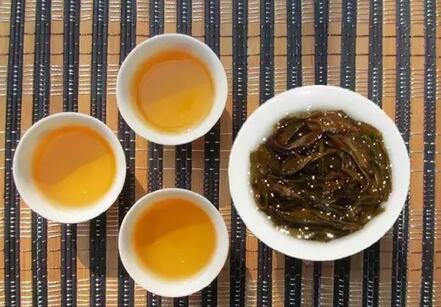
【Praising Tea Leaves】
Plump and Tender: Thick buds and sturdy leaves.
Tender Yellow: Yellow with a hint of white, soft leaves, and good brightness.
4. Oolong Tea
【Praising Appearance】
Dragonfly Head: Thick tea leaves with curled tips, tightly rolled like a dragonfly’s head.
Screw Shape: Tightly rolled and heavy, resembling a screw.
Eel Skin Color: A sandy green and honey-yellow color like eel skin.
Toad Back Color: White spots on the leaf backs resembling toad skin.
Black and Glossy: Black with a glossy sheen.
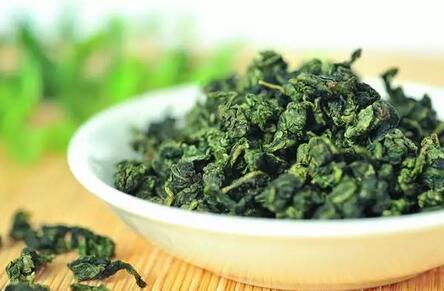
【Praising Aroma】
Rock Rhyme: The unique aroma characteristic of Wuyi rock tea.
Guanyin Rhyme: The unique aroma characteristic of Anxi Tieguanyin.
Rich: A strong, lasting floral and fruity aroma.
Luxuriant: A more elegant version of "rich."

【Praising Taste】
Thick: Strong but not astringent, mellow and pleasant with a sweet aftertaste.
Fresh and Mellow: Clean, fresh, and mellow with a refreshing finish.
Mellow and Thick: Rich and pleasant with a slightly sweet aftertaste.

【Praising Tea Leaves】
Green Leaves with Red Edges: Properly fermented, with bright red edges and a central light yellow-green or green color.
Soft and Bright: Leaves that are shiny and glossy.
5. Black Tea
【Praising Appearance】
Golden Tips: Tender buds with golden down.
Fine and Tight: Long, straight, and tightly rolled leaves with sharp tips.
Tender: Fine, tightly rolled leaves with visible golden down.
Black and Glossy: Black with a glossy sheen and vitality.
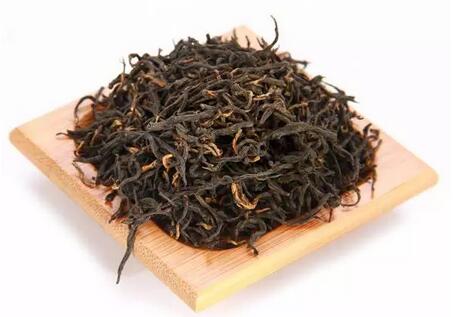
【Praising Aroma】
Floral and Fruity: A sharp, fresh aroma reminiscent of specific flowers or fruits, such as rose, orchid, apple, or malt.
Pine Smoke: A strong pine smoke aroma, characteristic of small-leaf black tea.
High and Sweet: A strong, lasting, and lively aroma with sweet notes, often found in high-quality black tea.
Fresh and Sweet: Fresh with a sweet aroma.
Fresh and Brisk: Fresh, lively, and refreshing.
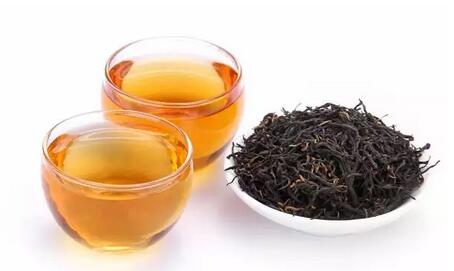
【Praising Taste】
Fresh and Brisk: Clean, refreshing, and lively.
Refreshing: Slightly stimulating but not bitter or astringent.
Sweet and Thick: Thick and sweet, often found in high-quality Keemun black tea.
Fresh and Thick: Thick and stimulating.
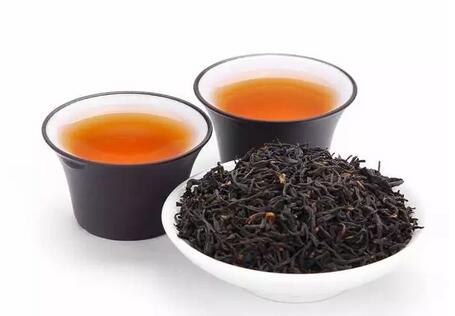
【Praising Tea Leaves】
Bright Red: Tender leaves with a bright, pleasing red color.
Red and Bright: A lively red without being overpowering.
Copper: The color of high-quality broken black tea leaves.
6. Dark Tea
【Praising Appearance】
Proper Tightness: Pressed with moderate tightness.
Clear Patterns: Clear markings, logos, or text on the brick surface.
Loach Strips: Tightly rolled, straight leaves resembling loaches.
Black: Black and oily.
Brown-Black: Black with a hint of brown, characteristic of high-quality Fu brick tea.
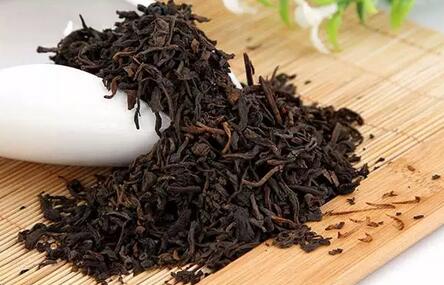
【Praising Aroma】
Pine Smoke: A pine smoke aroma from traditional pine wood roasting, characteristic of Hunan dark tea and Liubao tea.
Aged Aroma: A pure aged aroma without any musty notes.
【Praising Taste】
Mellow and Proper: Moderately strong and balanced.
Mellow and Thick: Mellow with a thick texture.

【Praising Tea Leaves】
Red-Brown: Brown with a hint of red.
Yellow-Black: Black with a hint of yellow.
Green-Brown: Brown with a hint of green.
These are the specific methods for praising the six major tea categories. Next time you encounter good tea, don’t hold back your words. Using the right vocabulary to praise tea will even make your social media posts seem more refined. As for bad tea, let’s just call it "unpleasant"!